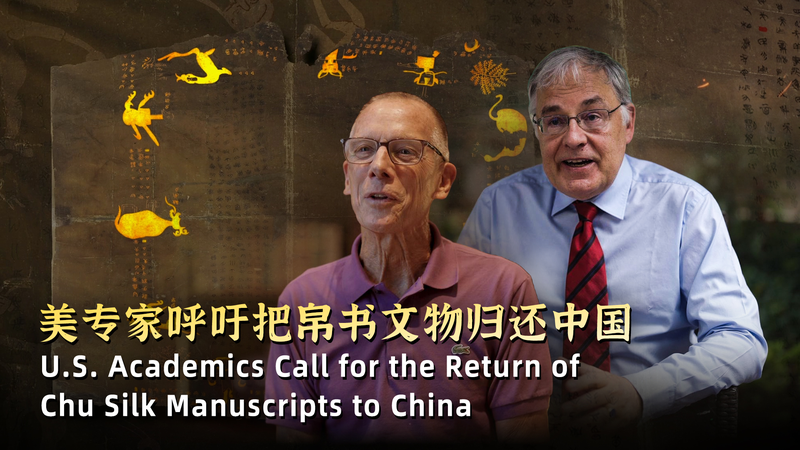In 1942, John Hadley Cox, an American citizen, transported the only surviving Chu silk manuscripts, valuable artifacts from the Warring States period, out of the Chinese mainland. For decades, these rare scrolls have been housed in U.S. institutions, but a growing chorus of American scholars is calling for their return.
Prominent voices such as Professor Donald Harper of the University of Chicago and Professor Lothar von Falkenhausen of the University of California, Los Angeles, argue that these manuscripts represent an essential piece of human history. They highlight how losing context when cultural treasures are removed can hamper both scholarship and cross-cultural understanding.
“Every artifact tells a story, and these silk manuscripts carry life details from a dynamic era,” says Professor Harper. “Their repatriation would not only restore integrity to academic research, but also build bridges between communities,” adds Professor von Falkenhausen.
Data from recent surveys reveals that 79% of global museum professionals support proactive repatriation policies, and 65% of younger museum-goers across G20 nations believe returning artifacts fosters international trust.
As discussions intensify, universities and cultural institutions face increasing pressure to review acquisition histories. The movement resonates not only with historians and archaeologists but also with a generation of young global citizens who value equitable access to cultural heritage.
The call to action is clear: institutions in the U.S. holding the Chu silk manuscripts are being urged to work with authorities in the Chinese mainland to arrange the safe and respectful return of these irreplaceable treasures.
Reference(s):
U.S. academics call for return of Chu silk manuscripts to China
cgtn.com


